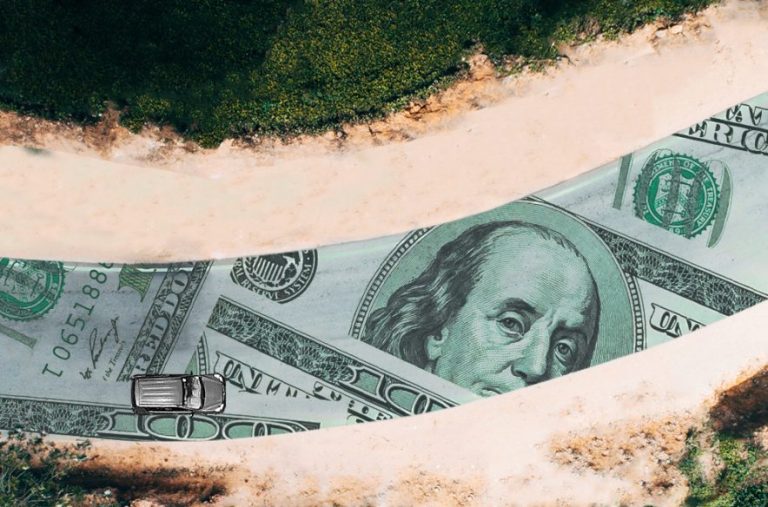If you can think of the real estate industry as a see-saw, you’ll be able to understand the relatively simple concepts behind what drives the exchange of property in the marketplace. On one side you have buyers, and on the other, sellers. This is another way of illustrating supply and demand, so if you’re familiar with basic economics you should already have a firm foundation for understanding what goes on.
When more buyers get into the market, they put more weight onto their end of our proverbial “see-saw” and drive prices up. Conversely, more sellers than buyers on the beam drive the price of housing lower. The number of buyers or sellers entering the market, however, is the topic of this article, and this is something which is determined by a couple of different factors that I’ll explain as we move forward.
In the United States, economic growth and inflation are controlled to some degree by our Federal Reserve Bank, called ‘The Fed’ for short. In an ideal world, the U.S. wants a continuous and steady growth of the economy so that our Gross Domestic Product (GDP) increases by just a few percent each year. In order to maintain this pattern, the Fed exercises its control by manually adjusting several key interest rates.
These rates determine how much banks (and therefore businesses and individuals) have to pay to borrow money. In this way, the Fed closely monitors financial indicators to periodically set these rates to promote steady growth and prevent either rapid inflation, or stagnant markets and deflation.
The Fed was created after the Great Depression in order to keep that catastrophic period in our country’s history from happening again. Back then, practices of greed took hold in stock market trading that eventually led to the crash; to put it in its simplest terms, people were basically gambling with money they didn’t have.
As we saw in the mid-late 2000’s – starting around the 2004-2005 timeframe – a similar pattern began to emerge in the real estate markets. Prices were driven up artificially, and they, like the stock market of the late 1920’s, became overly inflated. The bubble had to eventually burst, and when it did housing prices plummeted nationwide with very few exceptions. Homeowners and investors alike lost incredible amounts of money, and the stock market followed the real estate market in this downward spiral.
Unstable lending practices had come from the greed of real estate investors and banks, with adjustable rate mortgage loans and other temporary payment plans causing people to lose their homes when these reset a few years down the road. Foreclosures became commonplace, and banks took possession of properties that were no longer worth nearly what they had loaned out the money for just a few years prior.
But as this phenomenon took place, an interesting thing happened. Not only did house prices fall drastically; the Fed also reduced interest rates to all-time lows in order to spark the markets and prevent a recession. As we have witnessed, this reduction in rates did not prevent a recession, but it did provide for a very unique situation in our country’s history.
Normally when housing prices are high, it is because interest rates are low. When housing prices fall or don’t change much, it is due to the fact that interest rates are high. At very few times in history will prospective first home buyers have the opportunity to undertake the first home buying process with low housing prices AND low mortgage interest rates. The economy will recover eventually; it is either that or our entire capitalist system will fail, and I don’t see anyone letting that happen anytime soon. So when both interest rates and the value of homes are low is the best time to buy!










+ There are no comments
Add yours